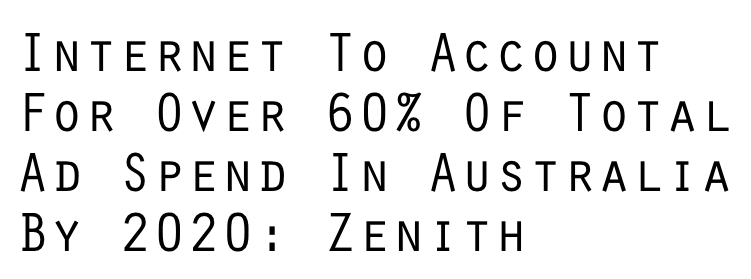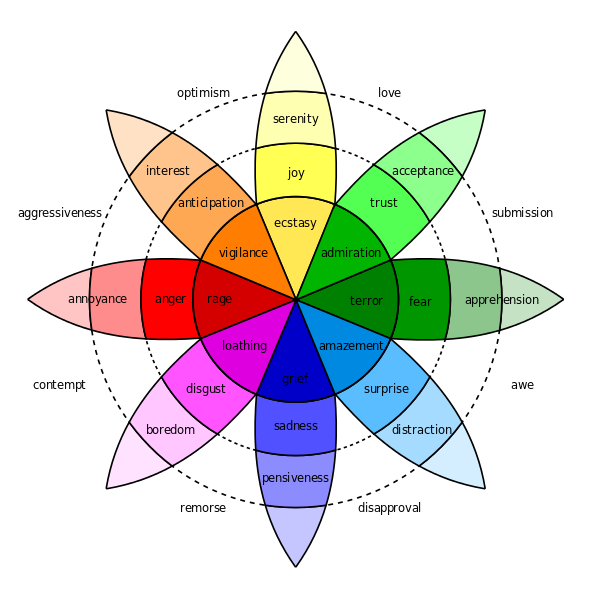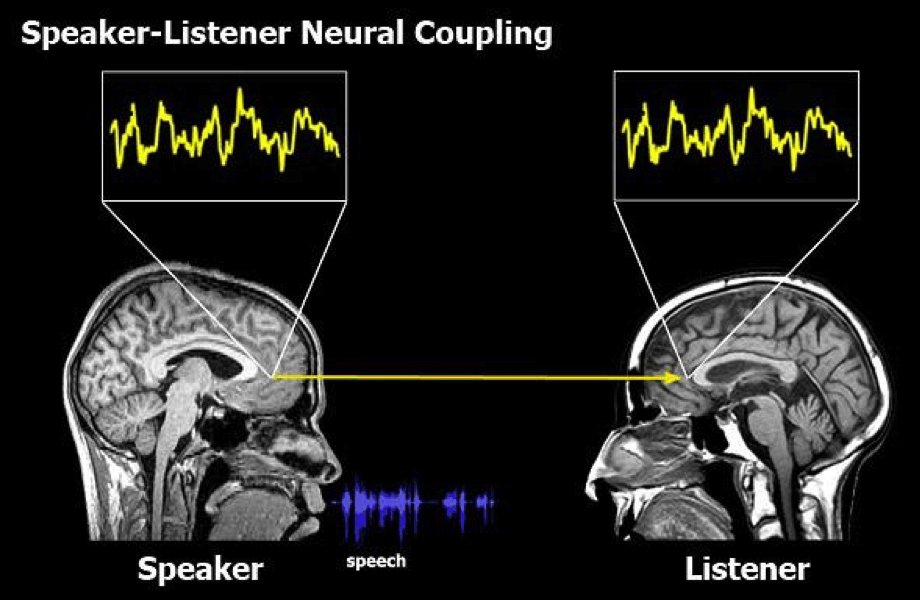Do you know how important is to have an online brand video and online video advertising campaigns?
Keep reading to discover how beneficial is video for your brand.

Do you remember when only Fortune 100 companies had the money to run videos for brand promotions?
Coca-Cola, Apple, Toyota, Nike, and other big brands got all the attention and dominated TV advertising.
But the rise of brand video & online advertising disrupted this trend.
Nearly any business who has the determination to put in time, effort and enough money can build their brand and get a slice of traffic (and customers) in their business.
Many Australian businesses are now investing in brand video & online advertising, which is projected to reach 60% in 2020.

Of course, branding rarely happens overnight.
But the internet made it all possible for any business to use effective formats (videos) and use new platforms (social media) that can attract countless people to their websites.
The trick is knowing precisely where you need to focus your attention so you can obtain the results you want to see.
Only a few decades ago, the advertising world was heavily dominated by TV ads.
Global brands spent billions of dollars to buy airtime in broadcast and cable TV.
Today, the video format is still poised to dominate global advertising.
But now through new platforms online such as video sharing platforms, and social media channels and, of course, your own website.
Top Reasons Why Brand Video & Online Advertising Is Effective
Brand videos are effective for brand awareness
Regardless of your size and industry, building brand awareness should be your priority.
As it turns out, brand awareness has a significant impact on doing business.
In an article published by Harvard Business Review, 64% of people cited shared values as the main reason why they had a connection with a brand.
Brand awareness is beyond customers recognising your logo.
This is more of establishing a meaningful and long-lasting relationship with your customers.
What kind of emotions do you want your customers to feel when they see your brand?
Ideally, your brand should invoke honor, respect, and loyalty.
This may take time, but you can boost the impact of your brand message if you use videos.
Using videos can effectively help you build your brand.
Aside from the fact that 80% of the world’s internet traffic will be video by 2021, it is also a great way to generate new traffic, boost engagement, and improve conversion rates.

But of course, you need to use a brand video that can really help to reach your goals.
The first step is to start defining your target audience.
Make certain that you are clear with your ideal customers and the specific types of people that you want to reach:
- What are the needs of your customers?
- What types of videos do they watch?
- Where do they watch videos?
Answering these questions will provide you a better idea in producing your video content.
But you should remember to customise your video to different customer segments.
It can be a challenge to get a Millennial and a Baby Boomer to like your video even if they both have the same needs or pain that you want to address.
You may need to reframe your video content so you can better connect with the specific type of people that you want to reach.
Brand videos can help your customers’ experience “happiness”
Videos posted online can grab the attention of your target audience.
This is businesses are now investing heavily on video marketing to establish a stronger bond between the brand and the customers.
It seems emotional appeal is an important ingredient in producing effective and creative videos.
In fact, emotions matter more than logic for 80% of the customers during purchase decisions.
Based on a study by Gallup, businesses who use the emotional connection are 26% more successful in their gross margin and 85% more successful in increasing their overall sales.
Adding emotions to your videos can help you to better promote your brand.
People tend to buy more if they feel good about it.
This claim is further reinforced by a study conducted by Nielsen Holdings that showed emotions are critical in driving purchases.
Advertisements that generated positive electroencephalogram (EEG) readings delivered a 23% hike in the total sales volumes.
EEG is a diagnostic tool used in scientific experiments to evaluate the non-conscious brainwave activity related to human perceptions.
Meanwhile, advertisements with negative EEG experienced a 16% dip in the sales volume.
Emotions, when used creatively in video marketing, can effectively facilitate the transmission of the right branded message to consumers.
In 1980, Robert Plutchick created the Wheel of Emotions that contain the eight basic emotions that influence human feelings.

However, not every emotion is equally powerful in advertising.
In general, positive emotions are more effective compared to negative emotions.
Based on stats compiled by Unruly Pulse, happiness is the most popular emotion among people when watching videos.
Happiness has the highest tendency to be contagious as consumers are more willing to like a brand after watching a brand video that stirs more positive emotions.
For instance, Google Android’s “Friends Forever” video in 2015 made audience four times happier compared to the average branded video and was, in fact, the most shared ad of 2016 with more than 7 million shares.
Apparently, there is a strong connection between the emotions that a video evokes and for customer intent to share.
Emotional appeal makes the audience more willing to share the video
In his book Viral Marketing: The Science of Sharing, author Dr. Karen Nelson-Field wrote that videos that are affiliated with strong emotions can double the chances to be shared compared to videos with weak emotional appeal.
Higher sharing intent can affect branding that can be translated into more engagement and sales.
Brand Videos can help improve trust
There’s a good reason why videos that tell stories are now very popular online.
Storytelling is a powerful tool for advertising, which is technically a form of communication.
Research shows that our brain easily responds to the narrative power of stories that can influence our motor and sensory cortex.
Stories can allow us to experience and synchronise our perception with the message of the story.
Neuroscientists call this neural coupling.

Neural coupling is present when people watch videos with interesting stories, which could lead to better comprehension of the brand message.
By telling a story through videos, a brand can actually generate trust in the mind of its customers.
Video advertising can help you position your business as a brand that your customers can trust.
But not just any video will do.
You should tell a story that has the right ingredients to trigger successful neural coupling.
But how can you do this?
First, your video content should be personalised.
Ideally, your brand video should feature people who can successfully resonate with your target audience.
Remember, people trust other people.
The main reason why your brand video must be driven by personality is so that it can provide someone real for your customers to trust.
Next, the story you should feature in your brand videos should be simple.
AirBnB’s story is simple. While the company’s origin can be written beautifully in a few thousand words, its concept can be very straightforward.
If you try to add a lot of elements in your brand video, you may just lose the momentum to make sure that your message will be understood by your audience.
Make your brand video simple.
While you might be tempted to showcase your skills in video production and tell a story as complex as Star Trek, it is not ideal to use the same complex model into the brand story.
Successful storytelling follows a three-part model and natural progression of beginning, middle and end:
- Problem (Beginning) – Explain the problem that your business is trying to solve
- Solution (Middle) – Describe how your brand is solving it.
- Success (End) – Excite your customers about your brand.
Finally, videos can help you explain the reason why your brand exists.
Your business should make money of course, but is there a higher purpose for what you do?
The answer to this question should be part of the story you tell in your brand video.
A brand like Yellow Leaf Hammocks uses its story as the foundation of its existence.
The tagline, “Do Good. Relax,” means that the signature hammocks produced by the company has “transformative impact” for its artisan weavers and their families who were previously trapped in extreme poverty in Thailand.

The brand story that is consistently part of its brand videos describes the whole reason for the existence of the company.
This successfully builds trust.
More and more customers are becoming more conscious about their buying habits.
They are asking “why should I buy from you?”
If you could answer this question with a story that you can simply feature in a video, then you have a brand that your customer can trust.
Conclusion
Using brand videos is a powerful way to build trust. But you need to get this right.
Remember, a video is just a format that can serve as a bedrock for your story.
The story should be interesting enough so your customers can connect, engage, and trust your brand.
The great thing about video production nowadays is that it doesn’t need to be expensive.
You just need the right people to help you come up with videos that can help you achieve the ever-important goal of brand awareness.
